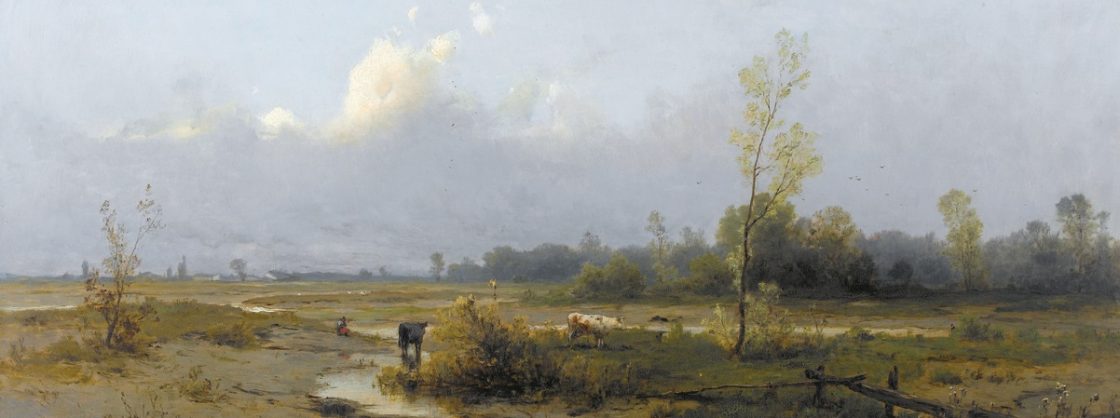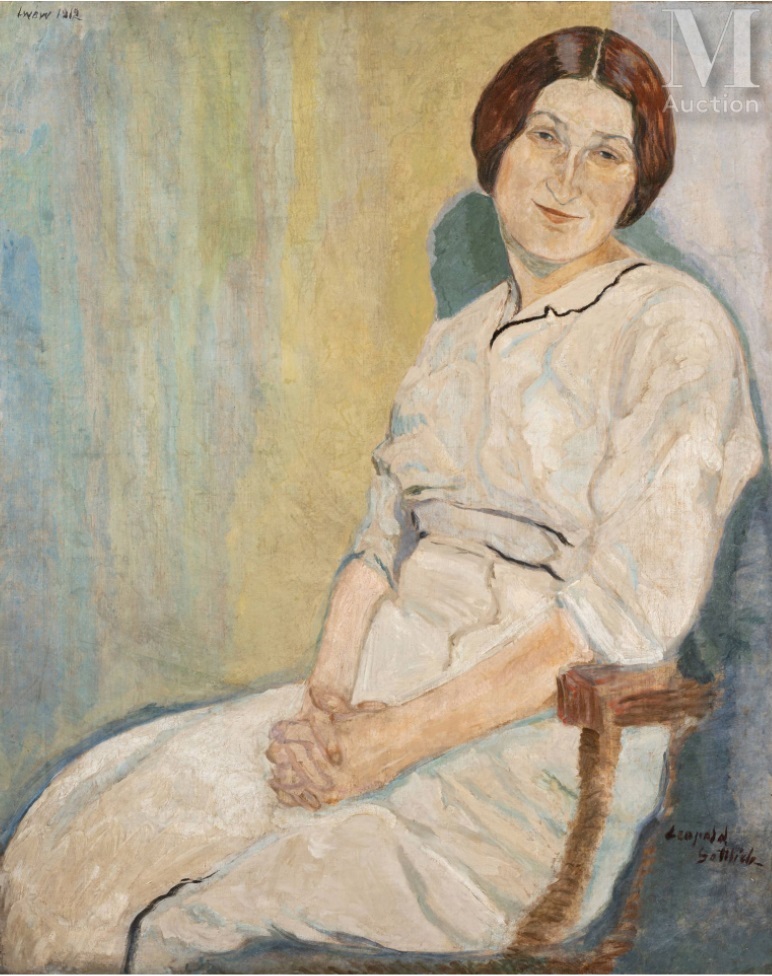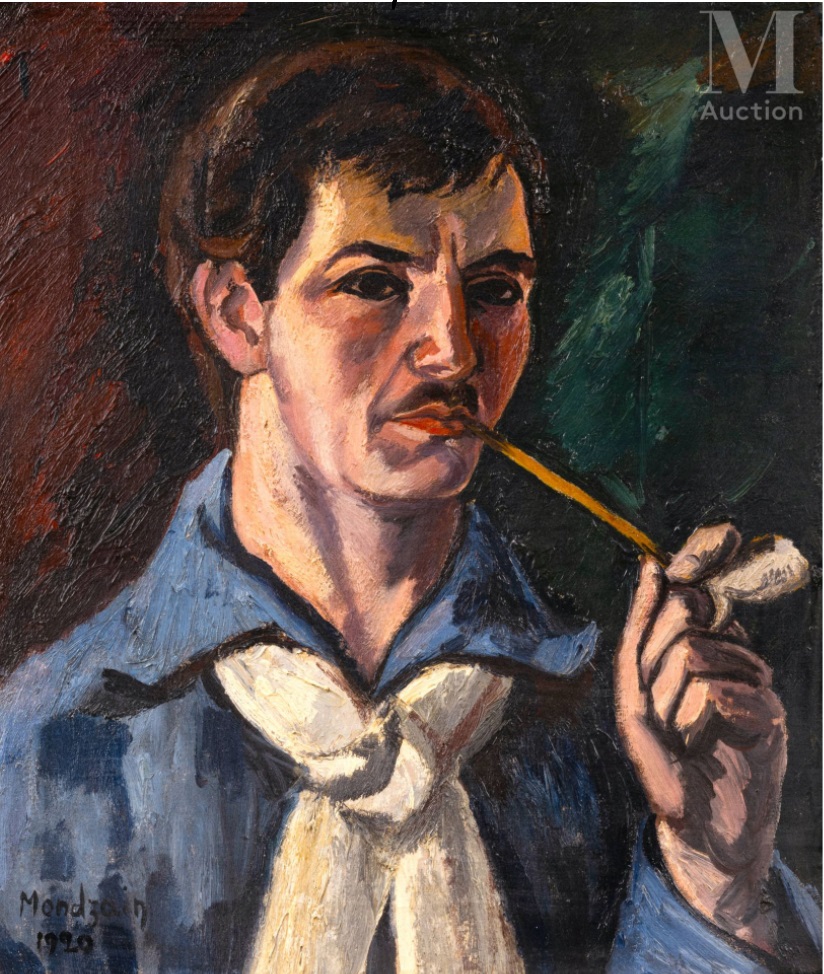
Moim zdaniem, mocno niedoceniony artysta.
Lot 47. Eugène EBICHE (Lublin 1896 – Varsovie 1987). Still life with lemons and a bottle. Circa 1923-1925. Oil on canvas 65 x 54 cm. Signed lower left “Eibisch. Eugene Eibisch was a Polish painter and printmaker born in 1896 in Lublin. He entered the School of Fine Arts in Krakow at the age of sixteen and studied under Jacek Malczewski and Wojciech Weiss. In 1922, he went to Paris where he received a scholarship from the French government. He settled in Montparnasse and rubbed shoulders with Chaïm Soutine, Louis Marcoussis, Moise Kisling, Henri Hayden and Eugène Zak. The artist is supported by the merchants Leopold Zborowski and Georges Bernheim. Eibisch returned to Krakow in 1939 and became a professor of drawing at the Academy of Fine Arts. From 1950 to 1969, he was a professor of painting at the Academy of Fine Arts in Warsaw.
The painter participated in the Salon d’Automne in 1925 and the Salon des Indépendants in 1926. He also exhibited in Krakow, Belgium, Switzerland and England. In 1933, he participated in the international art exhibition of the College Art Association in New York. The painter actively participated in the artistic life of his time and exhibited in France and abroad. In 1960, he received a prize from the Solomon R. Guggenheim Foundation in New York. His works are kept in the collections of the National Museums of Warsaw and Krakow. Eugene Eibisch created this work around 1923-1925 in the years following his arrival in Paris. Soutine’s practice deeply influenced him in his portraits, still lifes and landscapes. Like Soutine, Eugène Eibisch is above all a colorist. The vibrant power of the yellow of the lemons contrasts with the blue and green of the draperies, darker, and with the red of the tablecloth whose work in glaze reinforces the depth. “Still Life with Lemons and a Bottle” also reveals a knowledge of the work of Paul Cézanne, particularly in its composition. A work similar in style and subject matter dating from 1923 was exhibited at the National Museum in Warsaw on the occasion of the Eugeniusz Eibisch exhibition in 1967 (Martwa natura ze szklanką reproduction in black and white, number 5 in the catalog). The richness of the composition, the power and harmony of the colors used, point to a major work of the Parisian years. Elise Vignault
Estimate 6,000 – 8,000 euro. Millon. 05/31/23. Sold 5,000 euro.



